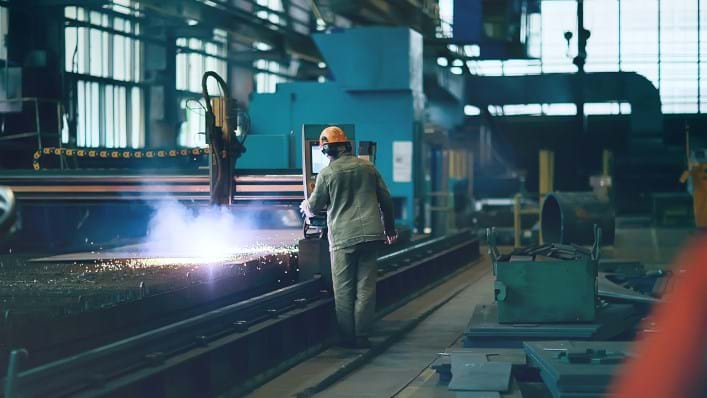Rio Tinto says steel industry will need ‘every technology in the book’ to decarbonise

MINING company Rio Tinto says the steel industry will need “every technology in the book” to decarbonise, after announcing its plan to develop a R&D facility for its low-carbon ironmaking process in Western Australia.
The BioIron Research and Development Facility will be built in the Rockingham Strategic Industrial Area south of Perth, near the Pilbara region, one of the largest iron ore provinces in the world.
Instead of coal-based blast furnace processing, Rio Tinto’s BioIron process uses raw biomass and microwave energy to convert Pilbara iron ore to metallic iron.
Michael Buckley, Rio Tinto’s steel decarbonisation and BioIron technical manager, said: “We need to come up with new technologies that don't rely on coal if we're going to transition.”
He added: “Considering the challenge of decarbonising the steel industry, which produces 8% of global emissions, we're going to need every technology in the book to decarbonise this sector. We're going to need hydrogen. We're going to need biomass. We may even need electrolysis-based processes.”
The sustainability of biomass
In 2021, Rio Tinto partnered with the University of Nottingham in the UK and Finnish sustainable technologies company Metso to run a pilot-scale facility testing BioIron.
Engineering consulting firm Hatch independently reviewed the results and noted that BioIron had “the capacity to reduce greenhouse gas emissions”.
The facility in Western Australia will be ten times larger than its predecessor and operate with a 1 MW magnetron, necessitating vastly more biomass to run the process.
Rio Tinto has been working with civil society organisations in Australia to sustainably source biomass from agricultural land in Western Australia, namely from wheat, barley, and soil grown in the region.
Buckley said: “We want to be able to test a wide range of biomass types, so there'll be facilities to test other types of biomass there, but as a fundamental base load, we'll be looking to source it from the agricultural byproducts locally.”
He added: “Based on our numbers, we think we would use only about a third of the electricity of a green hydrogen-based process. A lot of the energy is coming from the biomass, so we don't need a large amount of electricity.”
A step closer to commercial scale
The company is investing US$143m into the new facility, which it plans to run for two years, with commissioning beginning at the end of 2026.
Buckley said the plant will only run for around 2,000 hours a year, with the efficiency of the BioIron process being checked every three to four days.
Rio Tinto expect to employ around 60 workers with skills in decarbonisation technology for the facility, including 30 permanent positions.
Buckley said: “The coal-based blast furnace has been dominant for so many decades or even centuries now. It's very efficient and well known. It can use a wide range of iron ore types and replacing that is going to be quite difficult.
“We are looking at a wide range of technologies that are a lot more selective about the types of iron they take. We still have a very strong hydrogen-based technology programme for our Pilbara ores, but we've also got BioIron, which is where hydrogen doesn't make sense in terms of costs or availability of green electricity.”
Recent Editions
Catch up on the latest news, views and jobs from The Chemical Engineer. Below are the four latest issues. View a wider selection of the archive from within the Magazine section of this site.




